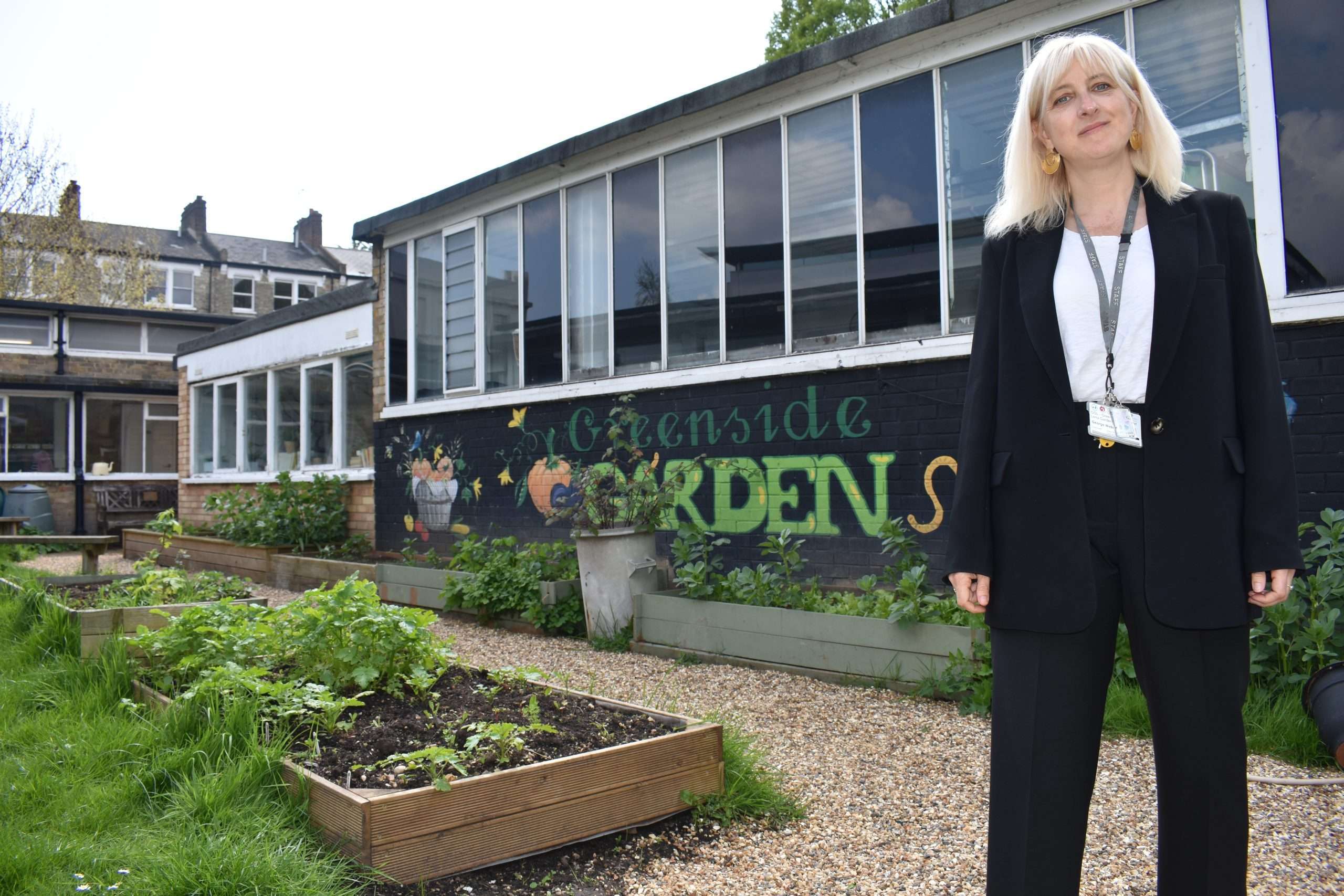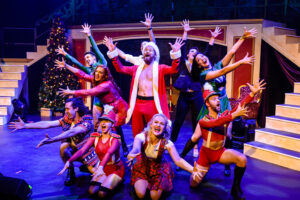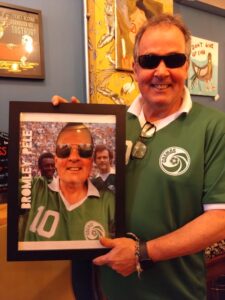A school is embracing the modern world while still getting kids outdoors by encouraging iPads in lessons while getting pupils to grow their own food for use in school lunches.
Greenside Primary in Shepherd’s Bush boasts a vibrant veggie patch where what ends up on lunch plates is planted, picked and cooked by students as young as three.
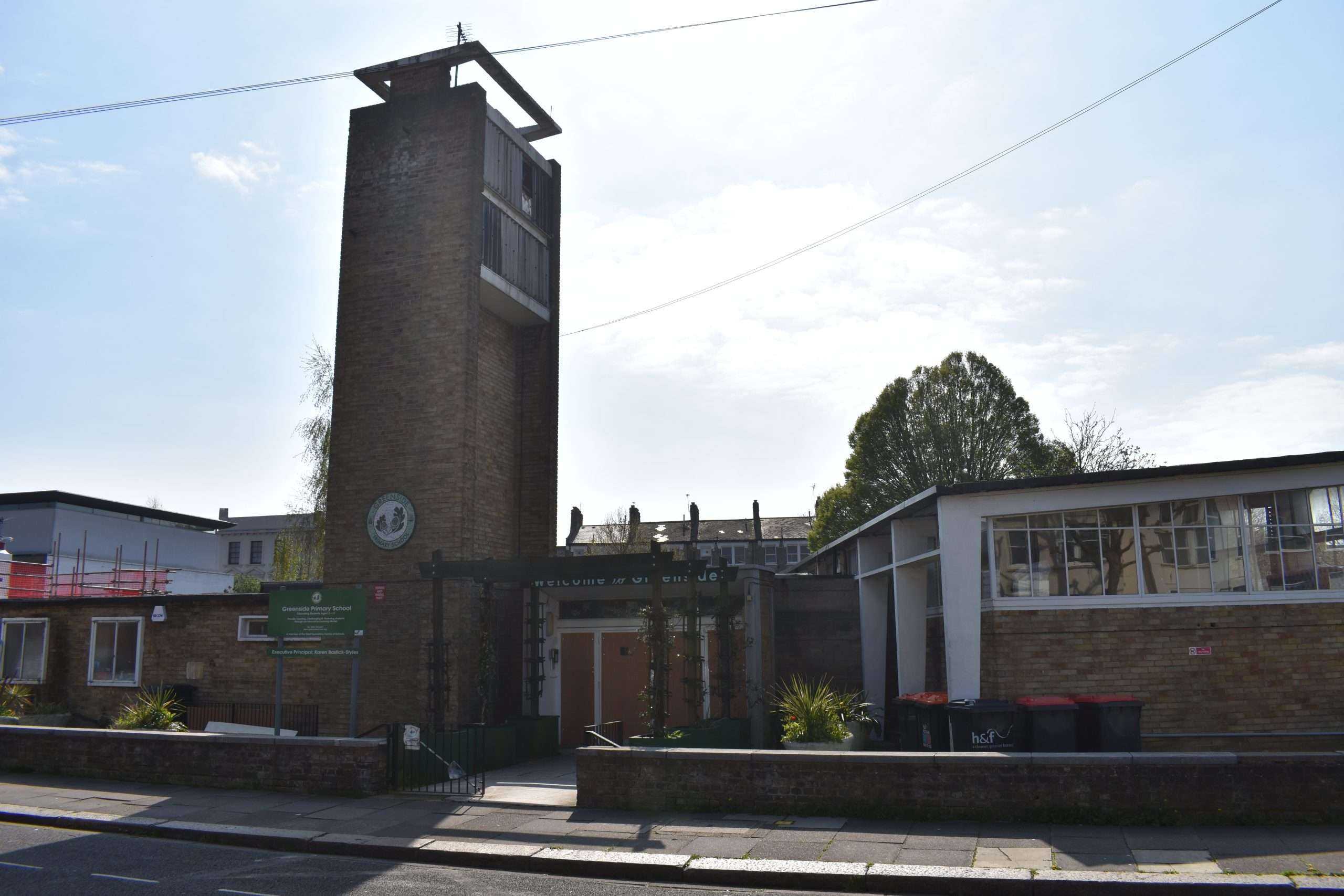
Its 230 eager green thumbs take turns every half term looking after the garden, which even includes a wheat belt that’s picked and used to make the school’s much sought-after sourdough bread.
The school – which also has a nursery – has also wholeheartedly embraced tech in the classroom and in the garden and was recently named an Apple Distinguished School thanks to its extensive use of Apple devices.
Deputy Head Teacher Georgina Webber said they use iPads to send soil sample results into the classrooms and kids FaceTime a farmer in Cornwall to get the latest planting tips.
She said: “The kids do it all. Everyone, from nursery up to Year 6… The kids are great, once they get over the fact that it’s not dirt [it’s soil].”
They grow everything from radishes and kale to chard, spinach, lettuce and tomatoes and have seedlings banked up in a greenhouse.
She said it was “standard” for kids pick a tomato or some lettuce and eat them that very lunchtime.
There have also been times they’ve had enough veg to see them through summer. Ms Webber said: “We’ve had about 1,000 kilos of courgettes come out of this garden last year. Whatever we don’t use – the trimmings for example – we’ll try to ferment as much as possible.
“For example, we had bok choy. Rather than throwing it away over the holiday, it’s been fermenting. We then chop it up and put it into the salad.”
She said kids go away from the garden with a smile on their face and a deeper understanding of where their food comes from.
She said: “The kids are learning in an inner city environment how to be more connected with where their food comes from and the importance of their role in the future of the planet by making choices about how their food is made and having knowledge about how food should be grown.
“They’re learning about how the climate is connected to the food system and so how the health of ourselves and the planet lies upon them being knowledgeable about this sort of thing.”
What’s not eaten gets bundled with excess food sent in from local grocers which pupils cook and package into meals, which are then sent to a homeless charity.
“Last year, we made 730 meals for them,” explained Robin Yeats, who is the head of school.
“Whatever we have each week, that gets made into something. The students do all of their prep – with the teachers of course – so they’re learning about food hygiene, they’re learning about world-ready skills like how to look after themselves by being able to make food for themselves, but also where they get to talk and reflect with their teacher about giving something back.
“It’s that duty of giving something back and giving them a moral compass.”
Greenside’s efforts haven’t gone unnoticed. When the school went vegetarian a few years ago, it caught the attention of Jamie Oliver who ended up filming an episode of his 2019 series Meat Free Meals there.
Head teacher Karen Bastick-Styles said ditching meat was as much a financial decision as an ethical one. She explained the chicken burgers kids ate were “poor quality” and the school’s large multicultural community meant catering for their nutritional needs became tricky.
Ms Bastick-Styles said going veggie was the “great leveller” and stopped long and often confusing queues for lunch. It also saw the school take control of the kitchen and welcome family members back in.
She said: “We knew that vegetarianism is the way forward, based on the meat that you buy with the amount of money you get for kids is such poor quality.
“Parents thought the kids were eating their chicken every day. They weren’t, they were putting it into the bin because the chicken burgers have never seen a chicken. So, we decided we would take back control of that.
“And we wanted kids to understand there was another way of living and another way of eating healthy.”
Since then, the school has hosted a number of international cooking days where family members take over the kitchen and cook food representative of their culture.
One event saw kids presented 15 different types of breads to eat.
But there’s also an education component to it all, Mr Yeats explained: “Our mantra of ‘learning is everything and everything is learning’ is an opportunity to learn.
“Now we controlled our kitchen, it was a perfect opportunity for us to say, ok, this is no longer just a kitchen, this now needs to be a learning space as well.”
The school’s innovative approach to food and education shows no sign of slowing down. It recently drew the attention of Apple’s education chief, Susan Prescott, who flew from California to visit the school in April.
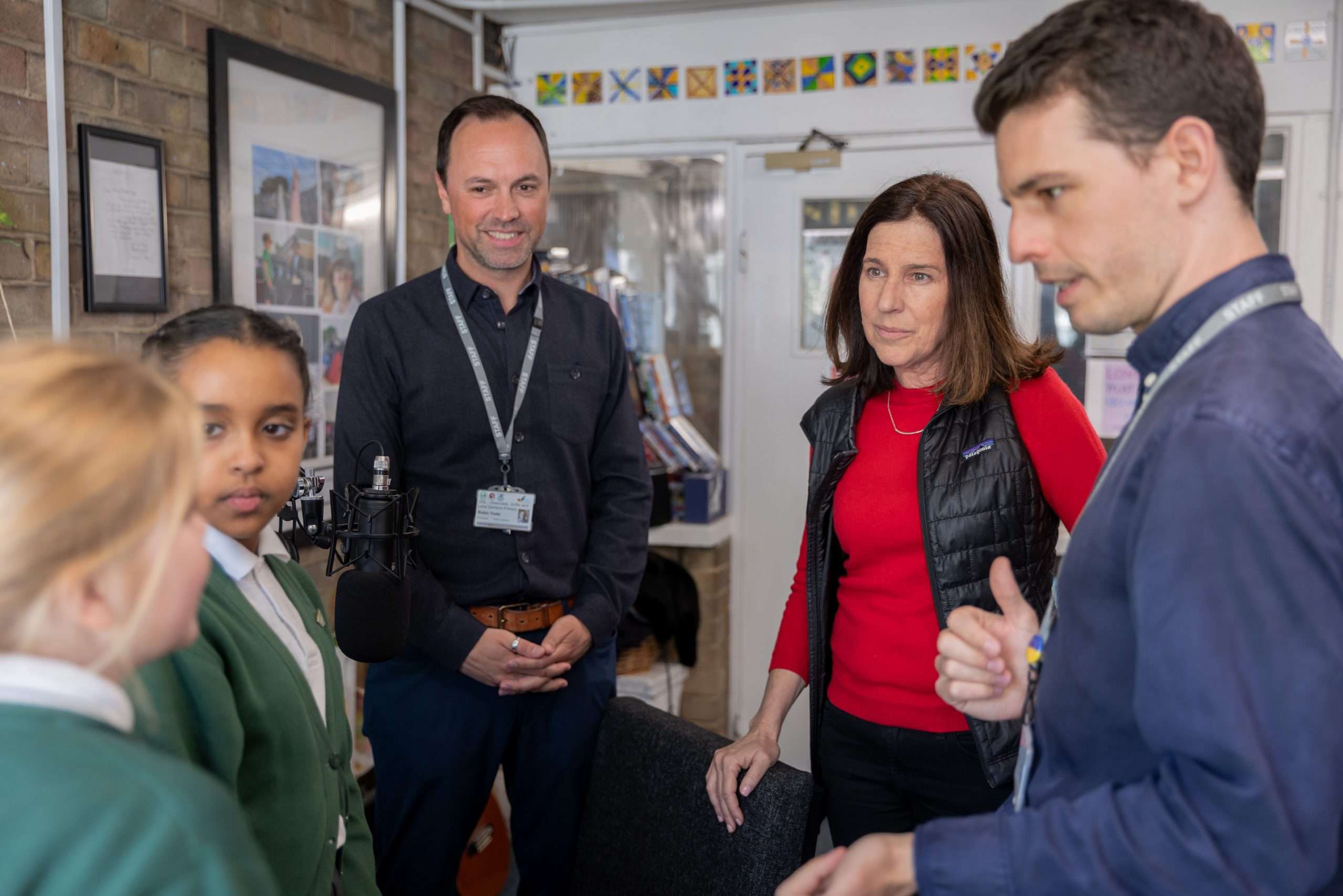
She said: “Being here in person and seeing the students on site, meeting the teachers, it’s just a different level of connection. I just love it. This is like a dream school. I wish my kids could have come to this school, honestly.”
The tech giant is determined to get more schools signed onto its accreditation scheme, which only a handful in London – Greenside among them – have been able to complete.
Year 5 students Arwen and Saja, 10 – who also double up as hosts of the school’s very own podcast – said the tech “helps a lot”.
Arwen said: “It would be a very different school if we didn’t have iPads.”
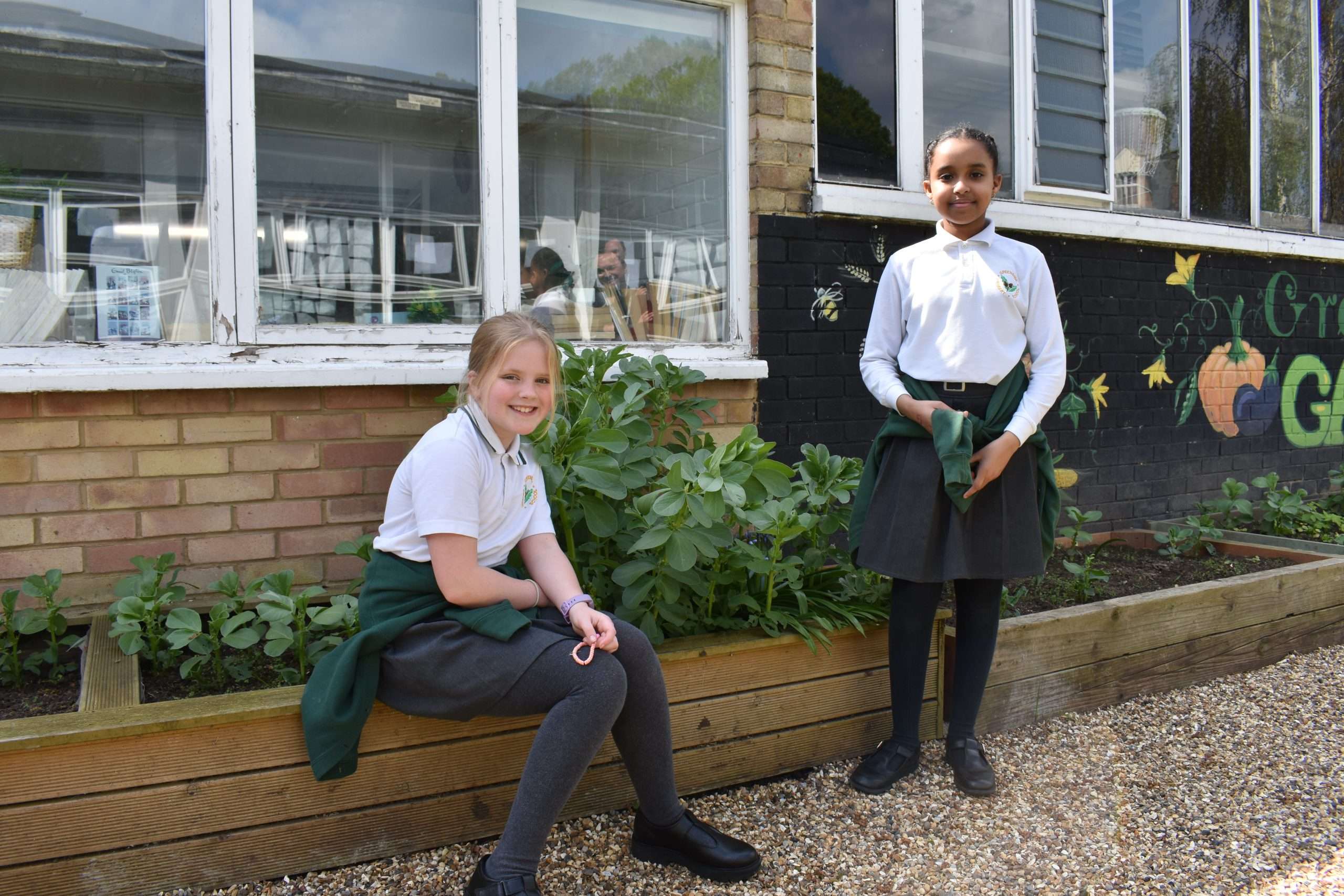
Saja said: “It helps us with our work. We use our iPads to write notes. I know we do come to the garden a lot to take photos.”
Using tech in every aspect of life is something staff are keen to instill in pupils. It also helps the 50per cent of kids who don’t speak English when they enrol to learn the langague and engage in class.
Mr Yeats said: “The key to us having iPads embedded in the school is the idea that it is a tool that they can use for the right job for the right time.
“We allow the students to personalise their learning through the use of the technology. We might tell them ‘this is what we want the outcome [of the task] to be’ and they might choose to use green-screen [on iMovie] or [the app] GarageBand [to make a] piece of music.
“We’re always telling students that the work that they do is communicated and shared with the world and has an impact on a big scale.”
And to worried parents who might be concerned about their kids getting too much screen time, Mr Yeats had a reassuring message.
He said: “The children don’t come in at 9 o’clock, open their iPad and look at it until 3.30, when they leave.
“We want to teach them that world-ready skill of – as adults do – ‘I need it for this and I’m not going to use it for that’.”


